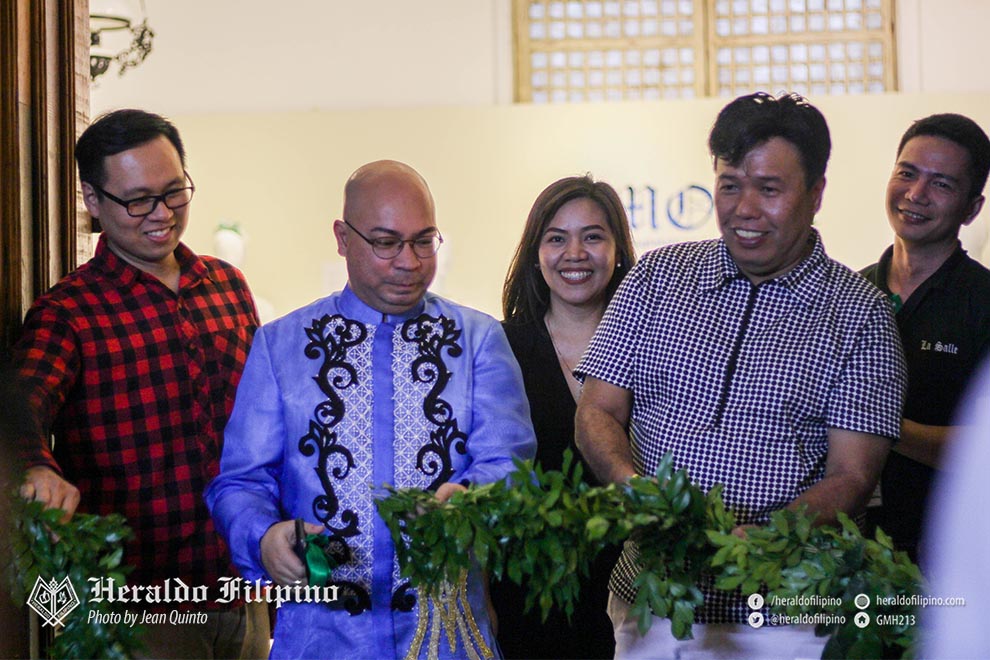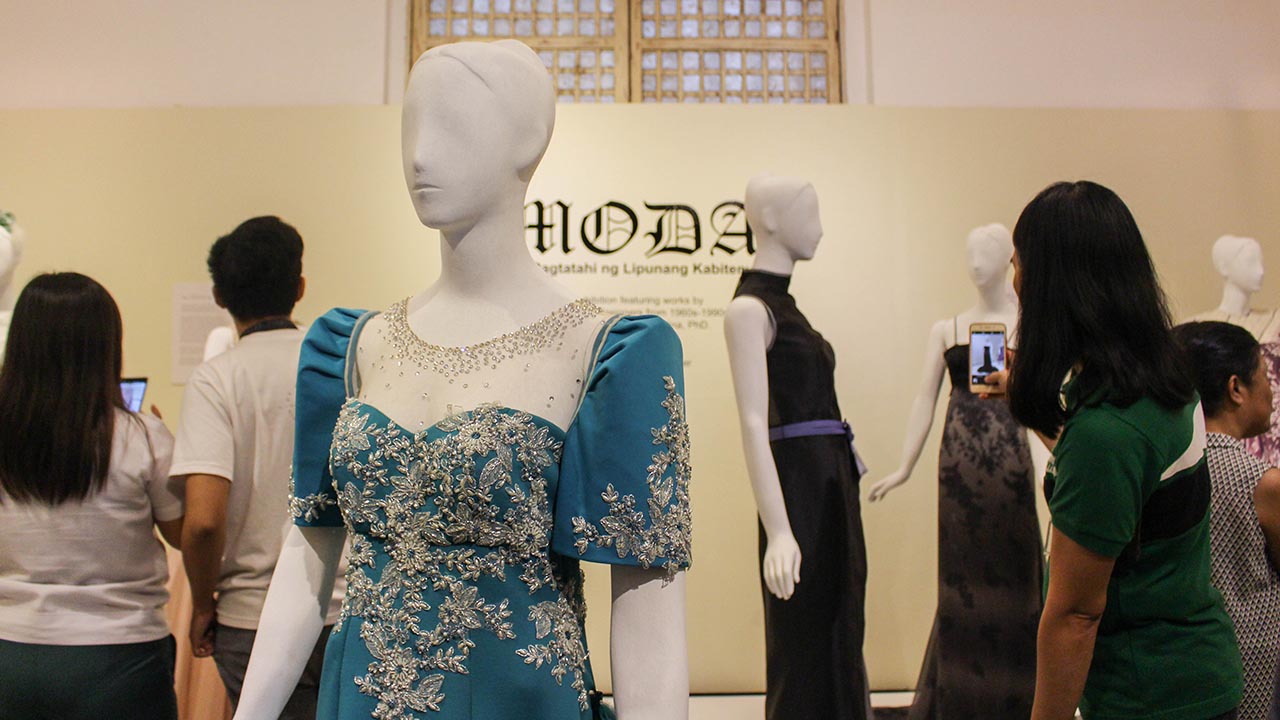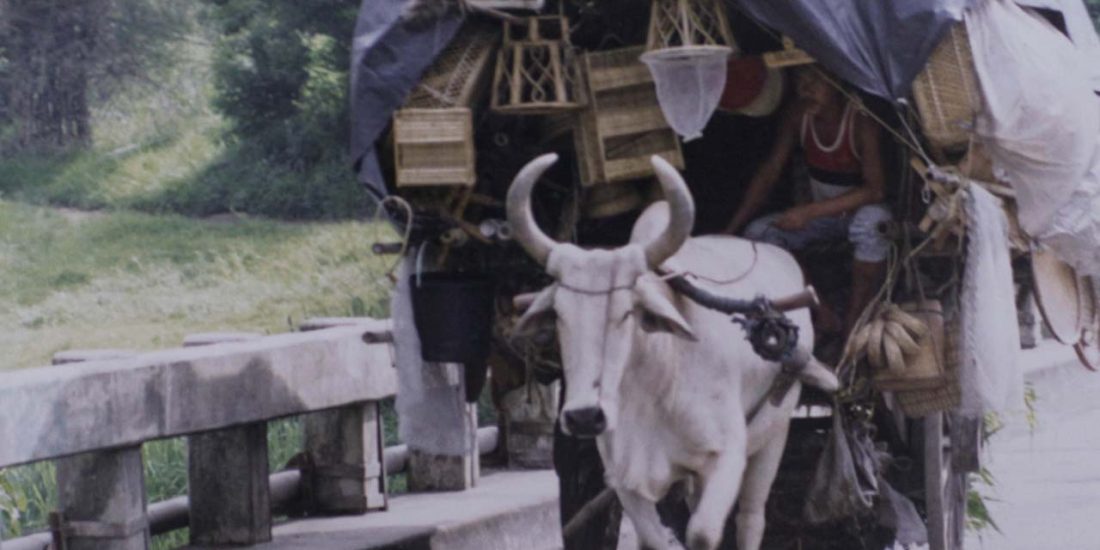Museo fashions MODA: Ang Pagtatahi ng Lipunang Kabitenyo exhibit
In celebration of Museums and Galleries Month 2018 and serving as the third installment of its Glimpses of Cavite exhibition program, the Museo De La Salle featured MODA: Ang Pagtatahi ng Lipunang Kabitenyo—an exhibit showcasing Cavite historical fashion styles from the 1940s to the 1990s which opened its doors on October 19 and will run until November 29 at the Fe Sarmiento-Panlilio Room, Museo De La Salle.

MODA is inspired by the research of Social Sciences Department faculty member Jesus Medina, which focuses on seven Caviteño designers from Cavite, namely Michaelangelo Afable, Beedzee Caimol, Ole’ Morabe, Adrian Rios, Ruben Samson, Ramon Santiago, and Teodora “Adorable’s” Sapinoso.
Different styles from the designers used in various Cavite events are exhibited—having cultural or religious connotations—such as kasalan, santa cruzan, flores de mayo, among others. Along with these celebration dresses, the 1969 clothing of the Nuestra Senyora Del Pilar by the Adorable’s of Imus is also featured in the exhibit.
A thread of Cavite fabric
The Glimpses of Cavite exhibition program of Museo De La Salle aims to promote the vast cultural and historical composition of Cavite, as part of the objective of the museum to the preservation of the Philippine culture and arts, as well as its immediate community—the Caviteños.
“The idea of the Glimpses of Cavite is to promote the rich cultural heritage of Cavite and … to provide a venue for faculty who made researches about different aspects of Cavite and to translate these studies and researches into exhibition,” Museo De La Salle Director Cecille Gelicame said.

Prior to MODA, the Museo De La Salle had featured two exhibits, Anting-Anting sa Cavite and ALSA MASA: Cavite Bakery Traditions, which showcased anting-anting as an essential part of Philippine mythology and the rich bread-making scene in Cavite, respectively.
With MODA: Ang Pagtatahi ng Lipunang Kabitenyo, the museum contextualized Medina’s study, which focused on specific areas of Cavite, to the entirety of the Philippines as the narrative of the exhibit.
“In the exhibition, we only covered 1950s up to the 1990s, we were able to get few pieces to showcase the works of these artists during the period,” Gelicame said. “His (Medina) conclusion [in his study] was most Caviteño[s] are posturyoso, really fashionable but usually they would have their clothes stand because there is always an occasion.”
MODA to the Lasallians
As traditional clothing is slowly being buried by new-age fashion trends, MODA seeks to project the evolution of fashion from the 1950s to the 1990s, presenting the significant changes in the fashion style now and then and exposing Lasallians to the birth of fashion in Cavite which mirrors the society.
“Ang exhibit na ito, sana magpakita sa mga tao, partikular na mga kabataan, kung ano ‘yong mga nausong mga damit noong mga naunang panahon … Kasi ibang–iba na ‘yong naging pagbabago ng moda … Kaya ang mahalaga, maipakita sa kanila kung ano yung pagbabago sa mga kasuotan,” Medina said in a video released on the University’s official Facebook page.
In the promotion of creativity, MODA serves as an inspiration to students interested in fashion, with emphasis on the metamorphosis of the modistas who started in the industry with little to no training but have passion, “let’s support creativity,” Gelicame said. “If you are passionate about something, of course we want to promote education because that’s gonna take you to higher level, but you can start somewhere because of passion and creativity.”
***
In addition to the exhibit, Museo De La Salle is organizing two heritage talks by co-curator Jesus Medina to be held this November.





